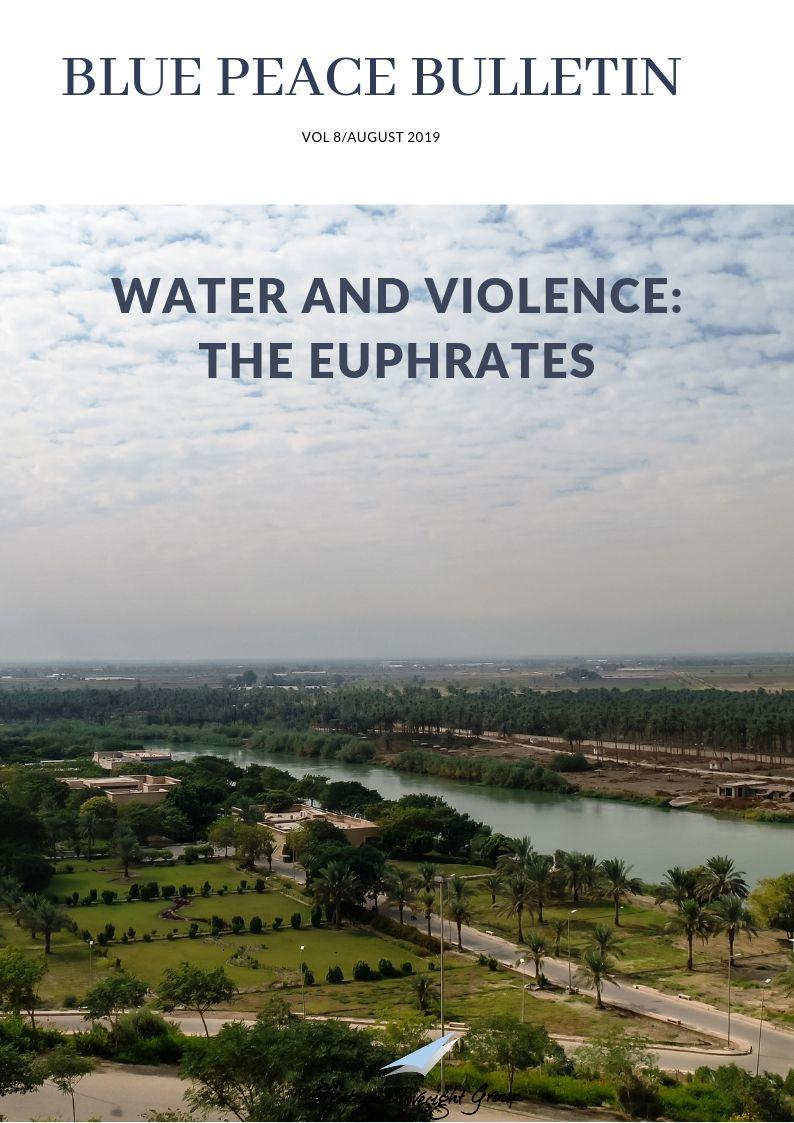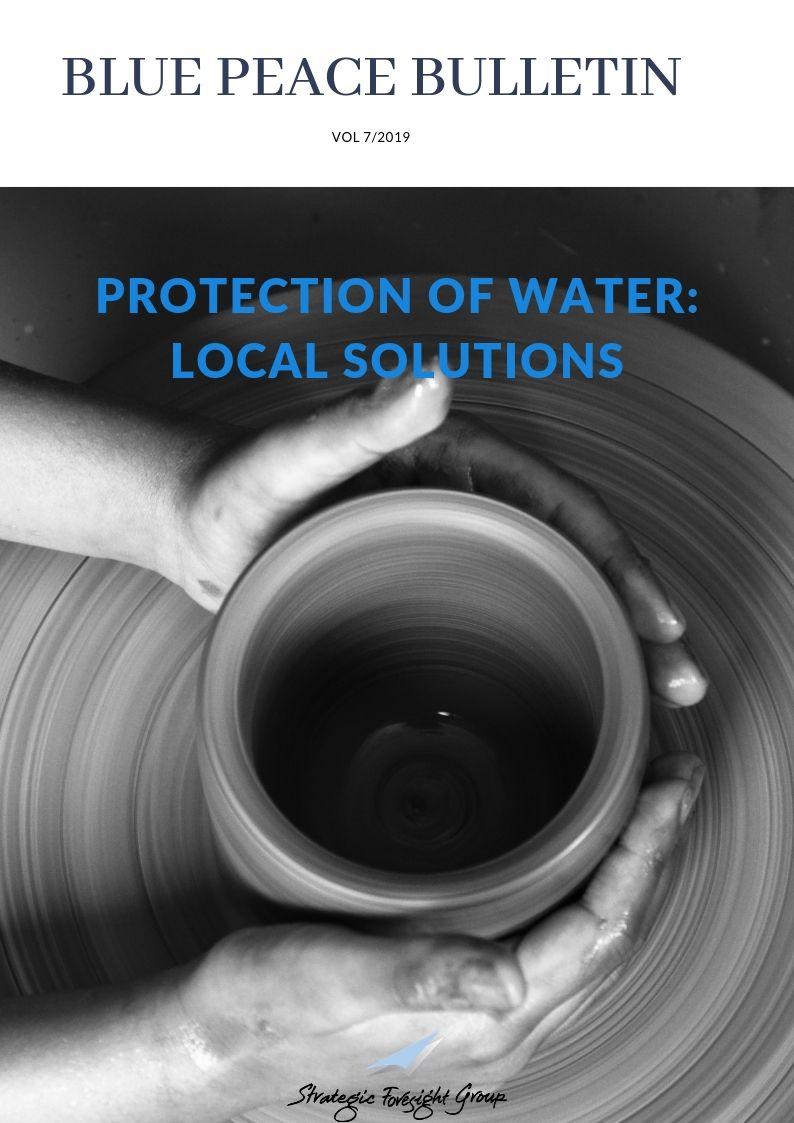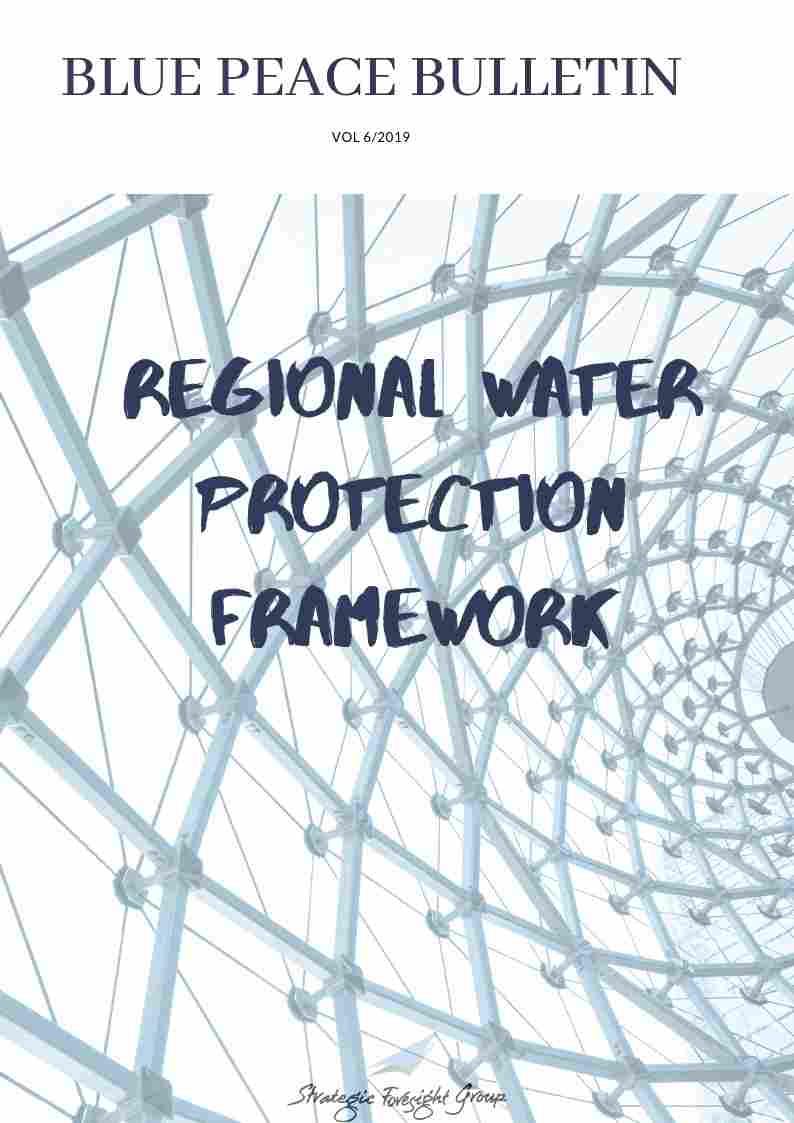Turning the Tide �€“ Conflict to Cooperation
|
|
Water
Peace
Diplomacy
South Asia
Middle East
Conflict
Environment & Scientific Advancement
Staff Article
Water Security Forum
May, 2009
By
|
In the past hundred years, the world�€™s population has doubled and the demand for water has increased seven fold. With almost half the population of the world located in and around 261 shared river basins, it is a major cause for concern. These major basins cover approximately 45% of the global surface area, and account for 60% of the global water flow. Water is one of those vital resources for which there is no substitute, and experts have been predicting that it will be the most pressing concern of the century. Yet each area for potential conflict is also an opportunity for cooperation, if viewed through a different lens.
Across borders the flow of rivers have been a major source of political contention - in the Middle East, India and Pakistan, America and Mexico, and amongst all ten riparian states of the Nile River. Nations too have seen sparks of internal violence in recent years, such as the hundreds who were killed along the Cauvery River in India; the blowing up of a pipeline meant for Los Angeles by Californian farmers; and the warfare between the Maasai and the Kikuyu farmers in Kenya. International development agencies and academic experts in the field warn that these conflicts could gain in frequency and intensify in the future, if proper management policies are not put into place.
The statistics are startling and worrisome; currently about one third of the world lives under moderate water-stress as defined by the United Nations, and if the trend continues by 2025 two out of three people are expected to live under high water-stress. There are poorly developed international laws for water management, and in some cases where laws do exist they are not signed and ratified by all riparian states. An example of this is the case of Turkey which does not recognize the Euphrates-Tigris as an international river system, thus allowing it to regulate the flow of water without dialogue with the countries that the rivers flow into, Syria and Iraq.
The world has an enormous amount of fresh water, approximately 35 million cubic kilometers, though a majority of it is locked up in glaciers, permanent snow or deep groundwater. Despite the dire warnings and ominous predictions, we are unlikely to run of out water any time soon; with the huge volumes available, working on the concept of running out of water on a global scale is of little utility. The current rate of global withdrawals stands at a little less than 4,000 cubic km per year, which is a small fraction of the estimated stock of 35 million cubic km.
Yet while there might be sufficient water on a global scale, a more accurate and sobering manner of evaluating the situation is to examine the human uses of water on local basis �€“ from simple daily consumption to large scale industry. There are several fissure points around the world which are likely to erupt if proper management is not put into effect. While water might not be the basis of several existing conflicts, the scarcity of it sometimes exacerbates the situation. India and Pakistan is a prime example of a contentious situation that has been aggravated by the rivers that flow between them, where the availability of water is one of the issues that hinders the peace process.
The Middle East, the most water scarce region in the world, is inextricably intertwined by the rivers that run through them, and most of these countries have some of the lowest per capita availability of water worldwide. Understandably these states are working towards autarky (water self-sufficiency), and are ready to employ any means to achieve that. In the past few decades Israel has had 30 different clashes with her Arab neighbors over water, while at the same time building one of the largest desalination industries in the world. Syria, which was loosing almost 60% of its water to bad pipelines, has begun implementing more efficient water transportation systems to maximize the use of their available water. The gulf countries are looking to Africa and elsewhere for new sources of water to ensure food security, and Turkey is simply engaging in large scale projects to store their abundant supply.
While one cannot ignore these fissures that exist today, history has shown that the vital need for water has been a powerful incentive for cooperation. Since the 1950�€™s over 200 treaties and agreements have been developed that address the issue of sharing, transboundary management, navigation, and hydropower projects. It is important for people, states, and other stakeholders to realize that the same quantity of water which is seen as a reason for warfare can be looked upon and utilized as a tool for cooperation.
There are several international organizations such as UNESCO, World Water Council and others, which are creating new avenues to move from potential conflict to cooperation potential. What is promising is the number of joint water committees that have been formed with decisions makers engaged in track-two diplomacy. The scientific community from Brazil, Uruguay, Paraguay and Argentina, have come together to create alternative spaces to allow development in the areas of navigation, hydropower and joint warning systems in the La Plata Basin. Following failed negotiation by the political community, experts from Turkey, Syria and Iraq have also formed initiatives for learning and cooperation.
In 1986 the late Turkish President Ozal proposed his ambitious �€œPeace Water Pipeline�€ which would carry water from Turkey down to the Gulf countries. The plan was bold, enormous in scale and finances, and one of a kind; and was never implemented due to geo-political concerns. Yet the plan was also simple and designed in a way to not only benefit the countries the pipeline would pass through, but also benefit the river and ecological systems in the region. The pipeline could have also served as a path towards the peace process. While is it easy to postulate that the situation might be different had Ozal�€™s plan been considered seriously, the fact remains that there has been minimal collaboration to deal with the growing water stress. Though conflict might seem a viable solution, leaders and other stakeholders need to pause and consider other means of harnessing the existing water that is available. Cooperation might prove a far more sensible and feasible prospect than certain means of autarky, of course provided that there is someone to cooperate with.
Related Publications
Related latest News
Related Conferences Reports
-

An Unprecedented Opportunity:Blue Peace in the Middle East
Download:Stockholm Workshop Report
-

Strategy Workshop on Blue Peace in the Middle East
Download:Strategy Workshop on Blue Peace in the Middle East





